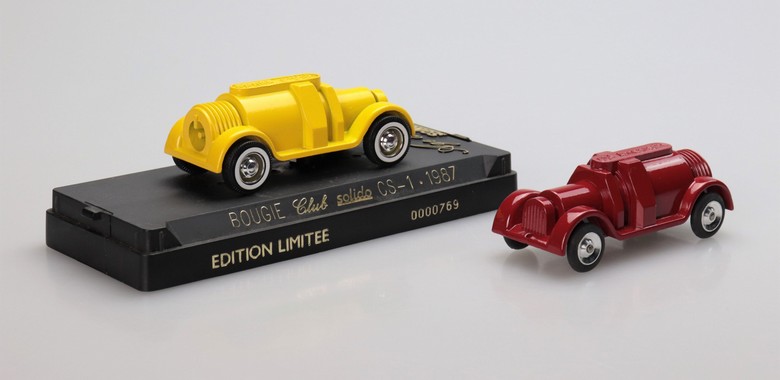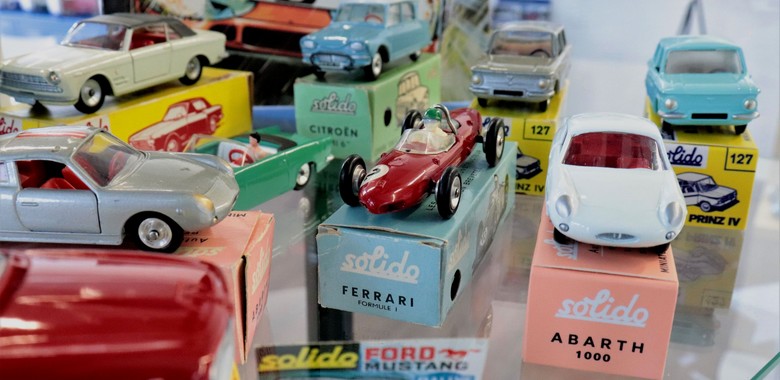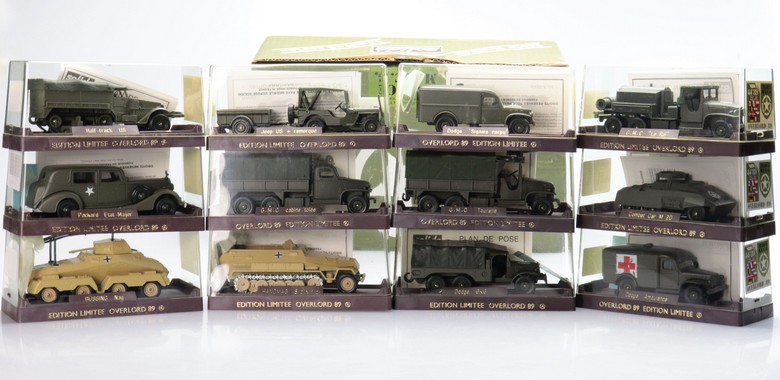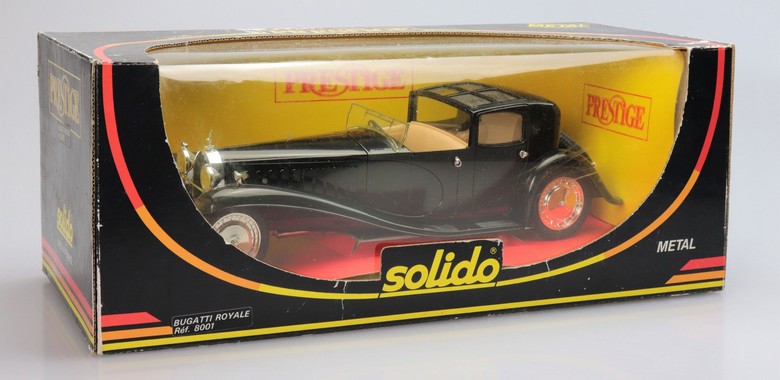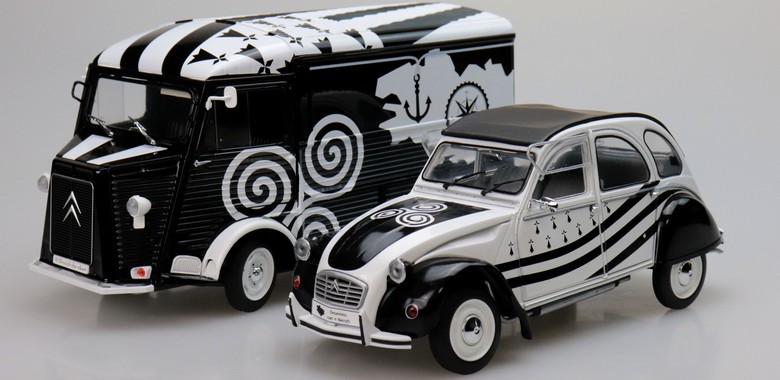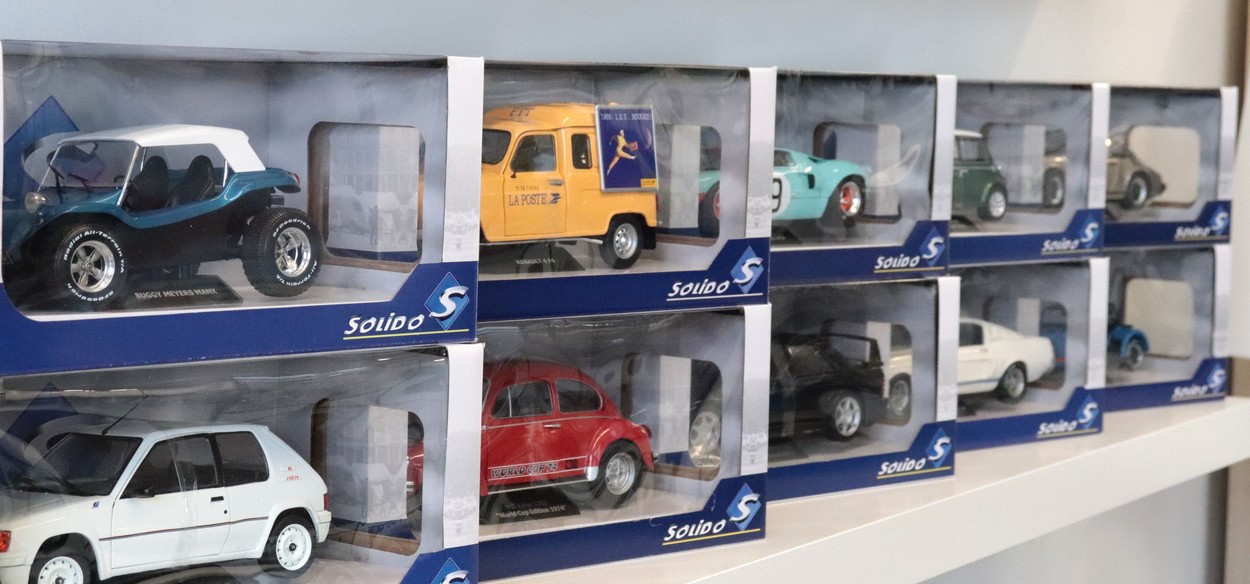Ferdinand de Vazeilles was an avant-garde entrepreneur. While managing the Nanterre Foundry, he had the notion to use his skills to create toys.
And so, at the beginning of the 1930s, the Nanterre Foundry, specialized in the injection of metal under pressure (carburetors and other industrial parts for automobiles and aviation) produced a prototype in the form of an advertising object using the Aluvac brand.
This was done for the spark plug manufacturer Gergovia-Pingeot of Clermont-Ferrand. This is how the story started, with the famous “Gergovia Candle”. In 1932, Ferdinand de Vazeilles deposited the patent allowing him to create toys.
The latter were, for 25 years, mainly removable and transformable toys. Ferdinand knew much about taking risks (for instance, in 1919, when he opened his precision foundry when the industry was still in its infancy).





